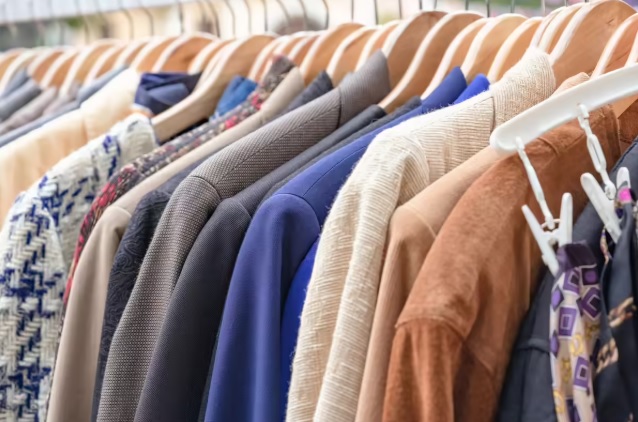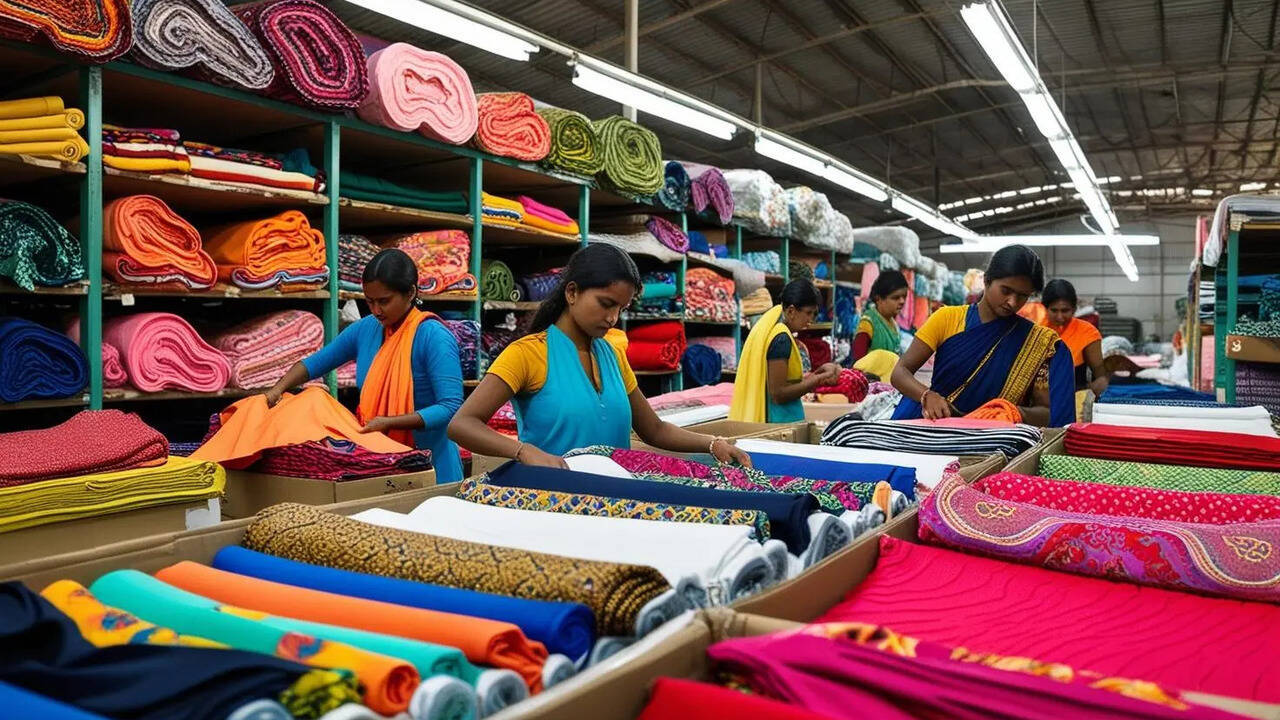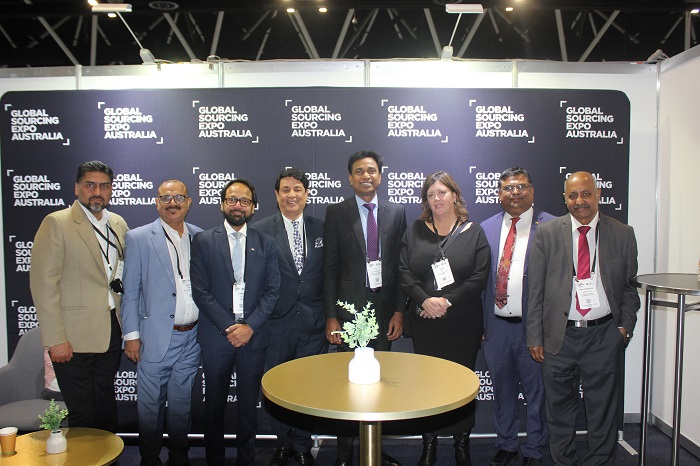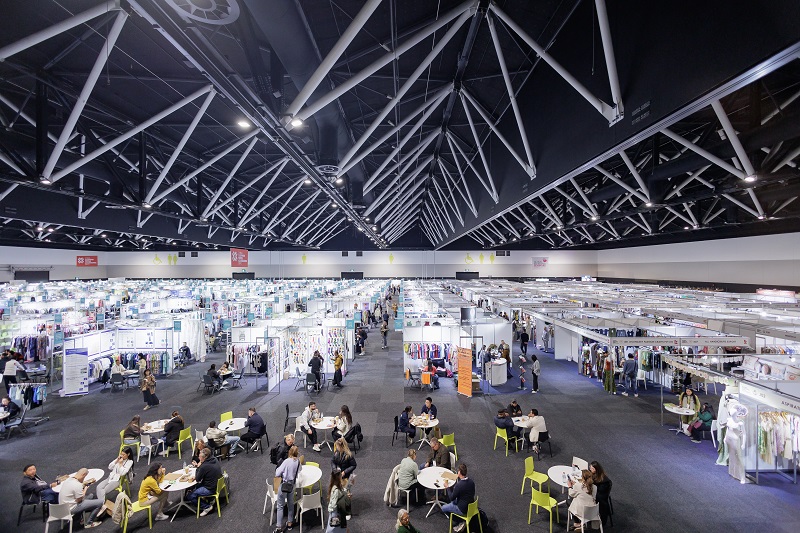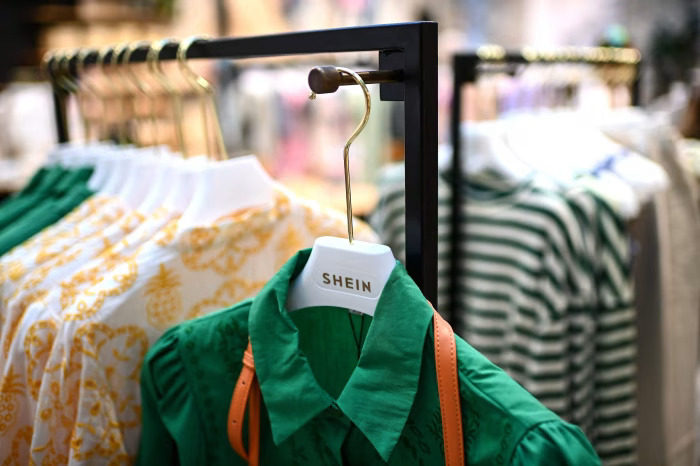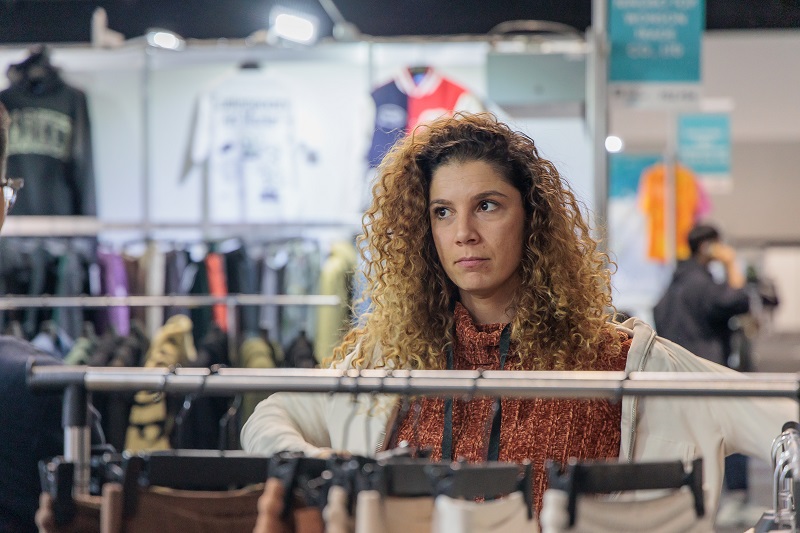"A new market report by Transparency Market Research titled ‘Knitwear Market – Global Industry Analysis, Size, Share, Growth, Trends, and Forecast, 2018-26 reveals the global knitwear market is expected to expand at a CAGR of 5.3 per cent from 2018 to 2026 reaching $817,402.7 million by 2026. In terms of volume, the market is expected to expand at a CAGR of 5.0 per cent from 2018 to 2026 reach 26,208 million units in 2026. The market share of Asia Pacific in the global knitwear market is expected to increase during the forecast period."
 A new market report by Transparency Market Research titled ‘Knitwear Market – Global Industry Analysis, Size, Share, Growth, Trends, and Forecast, 2018-26 reveals the global knitwear market is expected to expand at a CAGR of 5.3 per cent from 2018 to 2026 reaching $817,402.7 million by 2026. In terms of volume, the market is expected to expand at a CAGR of 5.0 per cent from 2018 to 2026 reach 26,208 million units in 2026. The market share of Asia Pacific in the global knitwear market is expected to increase during the forecast period.
A new market report by Transparency Market Research titled ‘Knitwear Market – Global Industry Analysis, Size, Share, Growth, Trends, and Forecast, 2018-26 reveals the global knitwear market is expected to expand at a CAGR of 5.3 per cent from 2018 to 2026 reaching $817,402.7 million by 2026. In terms of volume, the market is expected to expand at a CAGR of 5.0 per cent from 2018 to 2026 reach 26,208 million units in 2026. The market share of Asia Pacific in the global knitwear market is expected to increase during the forecast period.
Preference for low-cost Asia Pacific markets
Global knitwear brands such as Gap and Abercrombie & Fitch and major activewear brands such as Adidas AG and Nike continue to focus on research and development, design, logistics marketing and branding, and service to improve their position in the market. These brands outsource their manufacturing to low-cost Asia Pacific countries such as China, Bangladesh, and India. Adidas AG manufactured only 2 per cent of its apparels in US and only one per cent in Europe in 2017; outsourcing almost 97.0 per cent production to Asia Pacific.
Similarly, Nike manufactures all its apparels through independent contract vendors. The apparel contract factories in China, Vietnam, and Thailand manufactured 26.0 per cent, 18.0 per cent, and 10 per cent, respectively of the company’s total apparel production. China, Bangladesh, India, Pakistan, and other South Asian and East Asian countries are major exporters of knitwear products across the globe.
Vietnam, and Thailand manufactured 26.0 per cent, 18.0 per cent, and 10 per cent, respectively of the company’s total apparel production. China, Bangladesh, India, Pakistan, and other South Asian and East Asian countries are major exporters of knitwear products across the globe.
Although, knitwear is still manufactured in Europe, its quantity has declined. The unit cost to manufacture knitwear is high in the UK due to high wages, yet British designers prefer to manufacture locally due to short lead time and flexibility in minimum order quantity.
Rising demand for branded knitwear
North America on the other hand, imports almost all of its knitwear products from Asia Pacific. Although R&D and designing of these is majorly done outside Asia Pacific, manufacturing is mostly done in China, India, Bangladesh, and Vietnam. The knitwear market in India is also rising due to a growth in the number of organised knitwear retailers selling branded knitwear products. Demand for branded knitwear is also rising in the Middle East. With approximately 62.0 per cent of its population being young and middle-aged, the region imports knitwear products worth US$ 3.5 billion annually. Knitwear exporters such as Bangladesh export knitwear to the UAE to increase its knitwear revenue.
Cotton knitwear products are in demand in South American countries. There is growing demand for cotton knitwear products in Brazil and other South American countries. In 2016-17, Brazil imported approximately $11.47 million of T-shirts, singlets and other vests made of cotton. Almost half of the knitwear imports in Brazil are from China.

